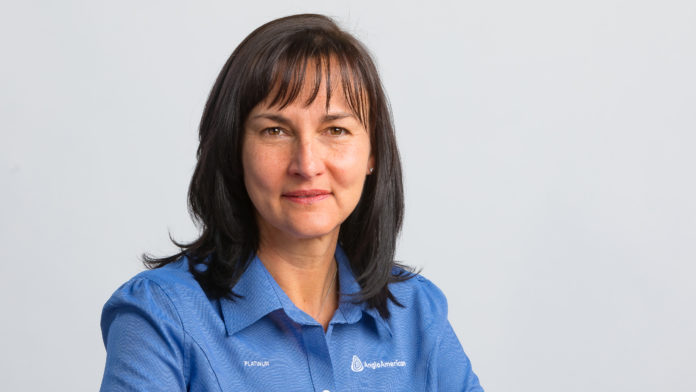
SHAREHOLDERS in Anglo American Platinum (Amplats) have rhodium to thank for the R175 per share interim dividend declaration – equal to 100% of the R46.4bn record headline earnings the Anglo American subsidiary reported last month.
The metal was priced as high as $30,000 per ounce during the six month period and therefore comprised 44% of total revenue – an astonishing contribution as Amplats is expected to produce 4.2 to 4.4 million ounces of total platinum group metals(PGMs) in the current financial year.
The question is whether rhodium can be expected to continue at this clip?
Amplats said in a presentation that the 72,000 oz rhodium deficit of last year would become a small surplus this year before returning to a fresh deficit in 2022, albeit of a much smaller scale than in 2020.
That, however, is all that’s required for the rhodium party to kick off again. “All of these minor metals are very thinly traded so any disruption to the up or the downside causes massive fluctuation in price,” said Amplats CEO Natascha Viljoen in an interview. The other factor is that South Africa is by far the largest source of rhodium supply, unlike palladium, for instance, which is produced in large quantities in Russia.
Amplats’ production is about 32% of the total supplied volume of rhodium annually which totals some 1.1 million oz, including recycled metal (newly mined metal supply is 750,000 oz). That equals a significant market share of a paper-thin market and raises another question as to whether Amplats would be able to exploit the demand further?
Viljoen said the metals occur together geologically in such a way that it’s not possible to mine more rhodium while mining less platinum.
Getting closer to OEMs
It’s possible, however, to service the market differently. Amplats’ marketing division packages rhodium in smaller volumes to suit some clients.
It has also changed its market strategy so instead of selling direct to the original equipment manufacturers (OEMs), the autocatalyst semi-fabricators, the company is also now closer to the likes of Hyundai, the Korean carmaker as well as Toyota.
The pressure on carmakers to comply with environmental, sustainability, and governance (ESG) standards has also seen brands such as Mercedes has been “… quite specific on responsible metals supply. In that way we are liaising directly with an end customer,” said Viljoen.
Tightening car emissions legislation is also likely to keep up the pressure on supply. According to Amplats data, Euro 7 emissions standards, which will be applied in 2026, will result in a 15% increase in PGM loadings requirements over the 2019 baseline. That will help secure the business case for PGMs insofar as they are sold to the gasoline (internal combustion engine or ICE) and hybrid autocatalyst markets respectively.
“On the short to medium term it is still a very important market for us,” said Viljoen of autocatalysis in the international combustion engine and hybrid vehicle industries.
This all makes for some interesting data. In a world where the hydrogen technological revolution is expected to crusade global decarbonisation, demand for PGMs in ICE autocatalysis is still growing: to 14 million oz in 2028 from 12 million oz this year. This is despite the expectation that the production of gasoline vehicles will plateau in 2023 at between 80 to 90 million vehicles a year.
Whilst Amplats is pressing ahead with the development of hydrogen engine pathways on several fronts, its base case investment – PGMs for gasoline autocatalysis – remains extremely strong, especially in the absence of significant new supply or new technology.











